Fire safety equipment is essential for your organization’s fire safety measures. Get familiar with them and know their role in your fire safety plan
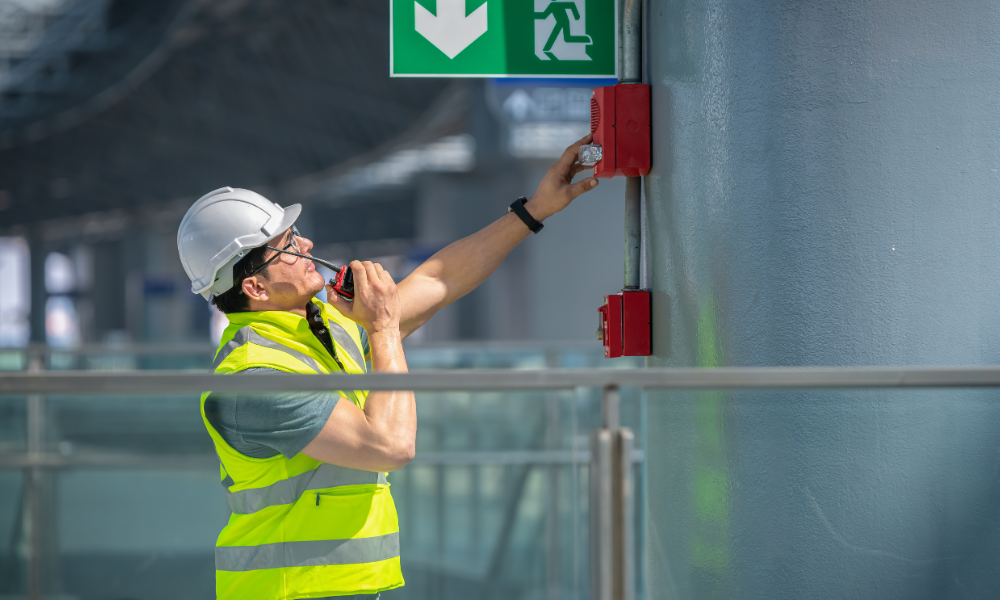
Equipment that can keep your staff safe and protected from fire risks at their worksite is essential. Whether you work in a laboratory setting, construction site, manufacturing floor, or even an office building, the right fire safety equipment can prevent fires or contain and extinguish them, if they occur.
It's standard procedure and sound industry practice to install fire safety equipment in any facility or worksite. This can include emergency lighting, fire extinguishers, fire blankets, fire hoses, and escape ladders. But in workplaces that deal with flammable liquids or fire emergencies, it’s only proper to invest in the best fire safety equipment.
In this article, Canadian Occupational Safety gets into the importance of fire safety equipment in the workplace. We’ll discuss important topics like the different types of fire safety equipment, how to use safety equipment in the workplace, and even list a few fire safety equipment manufacturers.
Fire safety regulations in Canada
When it comes to safety regulations in the workplace, particularly involving fires and fire hazards, the Canadian Centre for Occupational Health and Safety governs these regulations. The CCOHS prescribes fire safety guidelines for the workplace.
Their regulations stress the importance of having these fire safety measures at any workplace:
- comprehensive fire safety plan
- fire protection measures
- proper fire safety equipment
- fire safety equipment maintenance
Fire safety plan requirements
A fire safety plan is essential for any workplace. This plan should cover all areas of fire safety that are relevant to your company’s specific building, facility, or workplace. A fire safety plan typically includes:
1. Evacuation procedures
This is a clear and organized set of procedures and a map of how building occupants should exit in case of a fire.
2. Maintenance protocols
These are a record of proper maintenance and housekeeping protocols for preventing fires from breaking out.
3. Damage control
This is a list of methods for mitigating damage. This part of a fire safety plan details damage control strategies in areas where fires are likely to occur.
4. Compliance with local fire codes
The fire safety plan should align with local fire code requirements. When drafting a fire safety plan for your company and staff, check with your local authorities.
What to include in a fire plan for all your employees
Fire safety plans must have specific information and instructions for building occupants and employees on what to do in case of a fire. Here are some examples:
If you discover a fire
- Leave the area immediately.
- Activate any nearby fire alarms, notify other staff, then evacuate the area.
- Assist anyone in danger, but only if it’s safe to do so.
- Close all doors behind you to contain the fire.
- Use the emergency exits.
If you hear a fire alarm
- Shut down equipment.
- Leave the building/area immediately.
- Close all doors behind you to contain the fire.
- Use emergency exits.
- If you are designated with fire emergency duties, perform your pre-planned procedures if it’s safe to do so.
In case of a fire
- Do not use the elevators – exit the building via emergency exits and stairwells instead.
- Do not re-enter the building until a fire marshal or supervisory staff has deemed it safe to do so.
Essential components of a fire safety plan
For a fire safety plan to be effective, the key pieces of fire safety equipment should be readily available and accessible, as well as properly maintained. Here are the key types of fire safety equipment you should consider for your company and staff:
1. Fire alarms and fire detectors
These systems work to warn building occupants in the event of a fire and enable people to do a safe evacuation. There are several types of fire alarms and detectors on the market. Here are some examples:
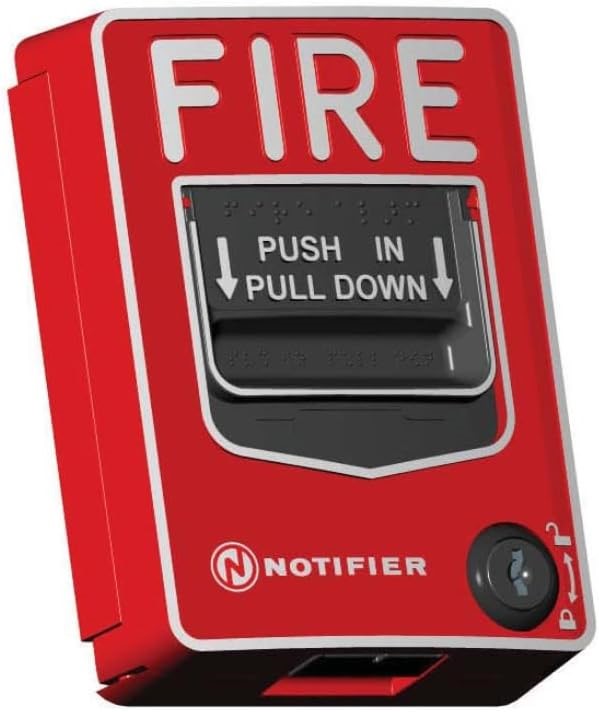
Honeywell Notifier NBG-12S
From Honeywell, the fire alarm manufacturer that holds the biggest market share in the US, the Notifier is a popular choice of companies who want a rugged, dependable fire alarm. The Notifier NBG-12S is a single-action pull station with pigtail connections and remains a familiar feature in many office buildings and facilities.
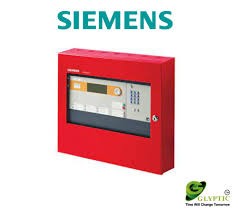
Siemens Fire Safety Solutions
Siemens has built a reputation for creating innovative fire alarm solutions that are a mix of cutting-edge tech and reliability. Siemens’ solutions are designed to detect fires quickly to minimize damage and risk to building occupants. These solutions can be customized for small and large structures alike for a high level of customizability to fit your company’s needs. You have the option to modify or expand this fire alarm system or even integrate it with existing systems as your fire safety needs evolve.
2. Portable fire extinguishers
These should be installed in accordance with height requirements in your jurisdiction and clearly marked with the type of fires they can counteract. Regular inspection and maintenance must be conducted to ensure that these extinguishers are ready to put out small fires in case they occur. Keep in mind that in cases of large fires or conflagrations, fire extinguishers are not advised -- evacuation is the prescribed strategy.
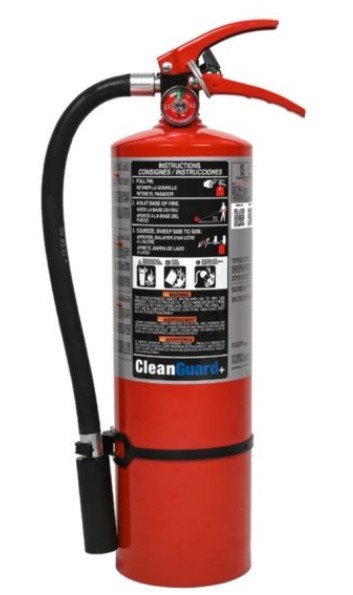
Ansul Sentry Cleanguard+ clean agent fire extinguisher
The Ansul Cleanguard+ clean agent fire extinguisher is designed for protecting commercial and industrial facilities that have sensitive or irreplaceable equipment. It can also protect materials that could be damaged or destroyed by water, foam, dry chemical or carbon dioxide. Rated for Class A, B, and C fires, the extinguishing agent of this portable fire extinguisher leaves no residue. It also requires no cleanup after discharge, and will not cause collateral damage to materials, equipment, or facilities.
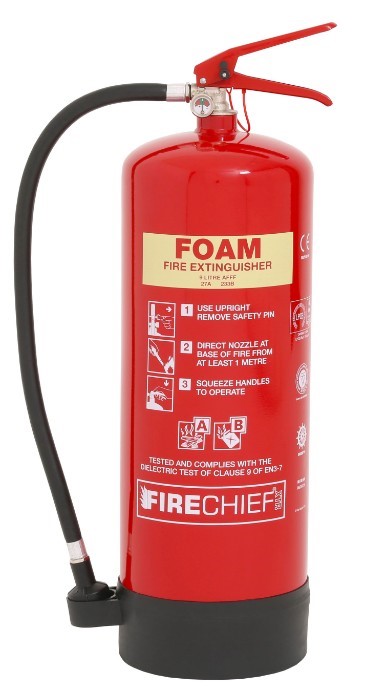
The Firechief XTR 9 litre Foam extinguisher
This is the largest portable foam extinguisher from the Firechief brand. With its high fire ratings for both A and B class fires, this foam extinguisher is highly effective against ordinary wood or paper fires (class A) and petrol and volatile liquids (B class B). The foam forms a flame-smothering seal over the surface of the burning material, preventing its re-ignition.
3. Sprinkler systems
Automatic fire sprinkler systems should be installed in buildings or facilities that deal with flammable materials and equipment that may catch fire. Be sure to choose sprinkler systems that have adequate water supply and water pressure. In most cases, you will likely install a wet-pipe system. The reason for this is because it’s the most common, and it’s fast to deploy, effective, easy to maintain and relatively inexpensive.
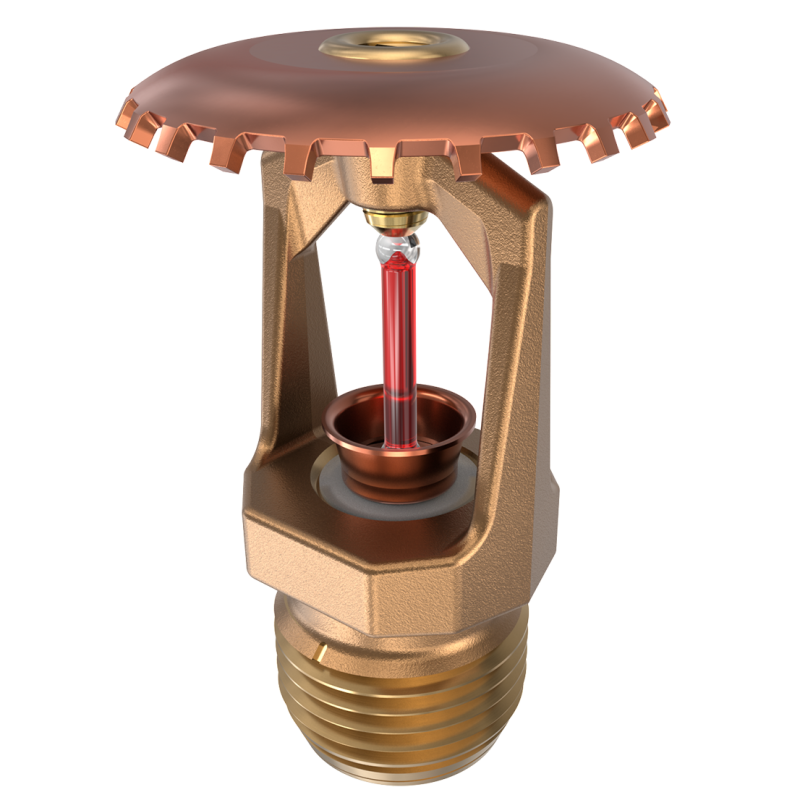
Viking VK300 Microfast Quick Response Upright Sprinkler (K5.6)
Viking is one of the world’s most reputable brands when it comes to manufacturing and installing entire automatic fire sprinkler systems. The individual VK300 sprinkler consists of a small, thermosensitive, glass bulb spray sprinkler that comes in different finishes and temperature ratings to meet design requirements. This sprinkler deploys quickly, spraying water at a force of 175 psi or 12 bar.
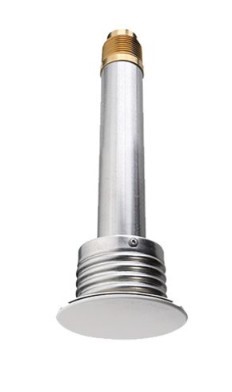
Tyco Series DS-C Dry Sprinklers
This is a dry-type sprinkler that can be used in freezing conditions without detracting from the aesthetics of your building or facility. It’s a pendent-type design, so the flat cover plate conceals the sprinkler, and the gate seal keeps water from flowing right until the very second the sprinkler is activated. These sprinklers may be customized to deploy in quick or standard speeds and offer standard coverage.
4. Emergency lighting
These kinds of lights are essential fire safety equipment and should be part of an effective fire safety plan. Emergency lighting is meant to guide occupants of a building or other structure as they evacuate and get well away from a fire.
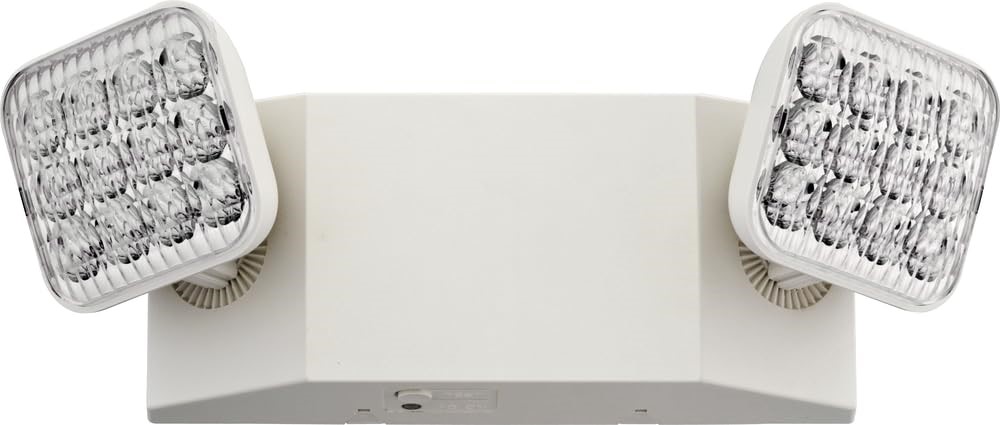
Lithonia Lighting LED Emergency Light
This LED emergency light offers a compact and effective emergency lighting solution when there’s a power outage caused by a fire or other disaster. Its two adjustable LED heads let users direct 500 lumens of light to where it’s most needed. The Lithonia LED emergency light provides up to 90 minutes of backup lighting when the power is gone.
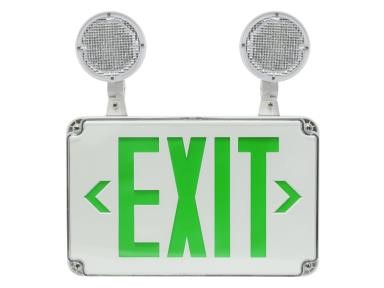
MaxLite LED Emergency Exit Sign EXC-GW-GL
In case of emergency, especially when there’s no power and a building is plunged into darkness, this LED emergency sign can provide clear directional guidance. The MaxLite LED emergency exit sign is designed to provide 90 minutes of bright light up to 100 lumens, clearly illuminating and indicating emergency exits to building or facility evacuees. The unit can be easily installed onto walls and ceilings and is useful for various settings like offices, industrial sites, and commercial buildings. This is extremely useful for leading staff to safety, but you can enhance their effectiveness with additional communications equipment to speed up evacuation procedures.
5. Fire safety blankets
Like portable extinguishers, safety blankets are essential fire safety equipment meant to protect people by extinguishing small fires or wrapping people whose clothes have caught fire. In terms of fire safety, this can be a crucial element of protecting employees at a workplace in the event of a fire.
These devices work by smothering flames and depriving them of oxygen to prevent them from growing or spreading into larger conflagrations. You can check our guide on fire safety blankets to know how they work and how to choose the one that suits your needs. Keep in mind that emergency fire blankets are effective but can only protect your staff against small fires like clothing fires. Depending on their exposure, they may need higher levels of protection. One way to know if your staff need more protection is to learn about important differences between heat and flame protection and how it applies to your workplace.
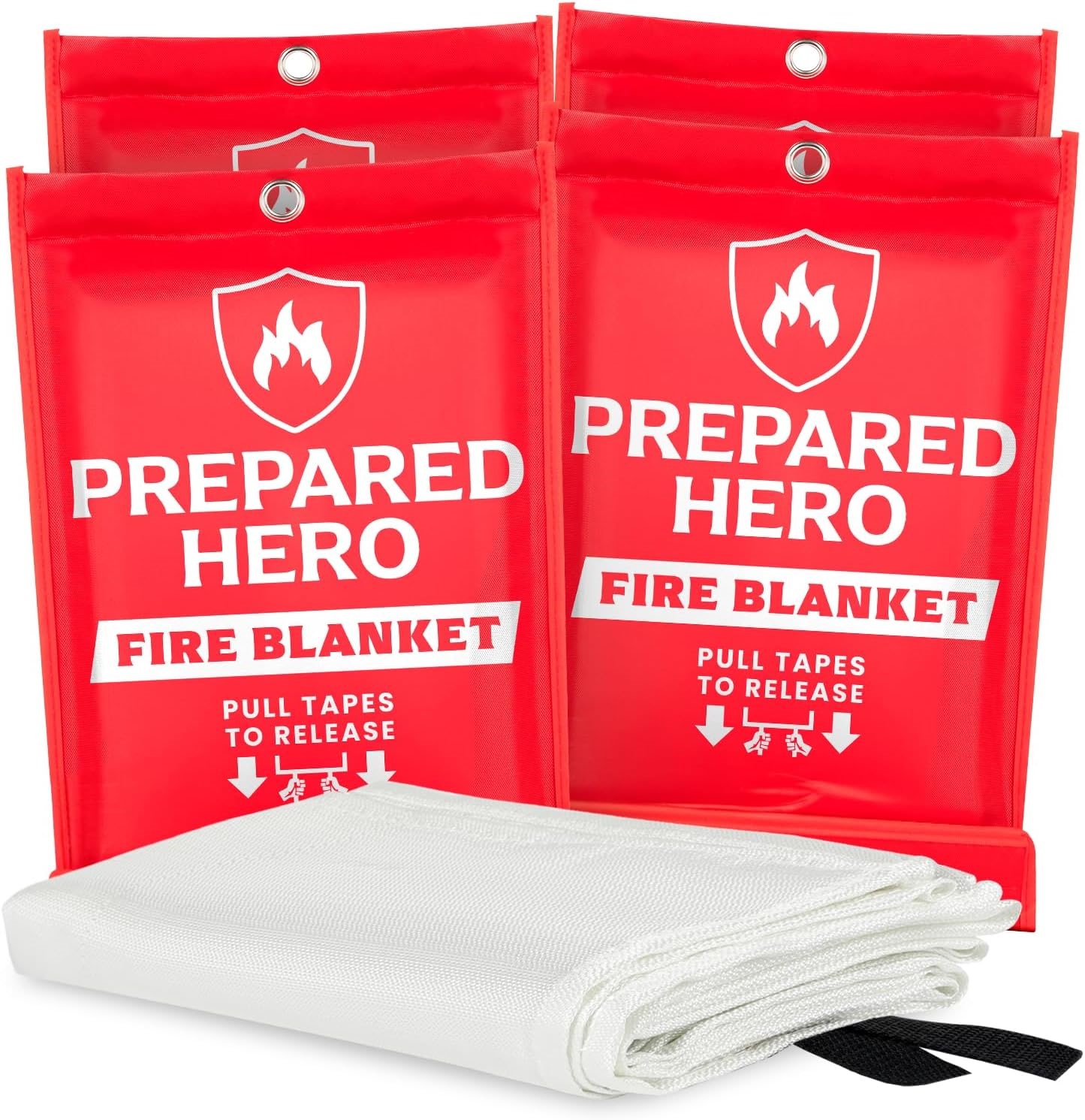
Prepared Hero Emergency Fire blanket
Effective on liquid or grease fires, the Prepared Hero works to protect staff from different types of fire as well. This fire blanket can also be used as a thermal or heat shield, protecting its user as they navigate through dangerous areas. A notable feature of this fire blanket is that it does not have an expiration date and is always ready to deploy easily with just the pull of the tabs.
6. Fire doors
Fire doors are yet another important part of fire safety equipment. The National Building Code of Canada requires that every high-rise residential, industrial, commercial and institutional building must be equipped with at least one fire-rated door to comply with the building and fire codes set by the provincial government.
Doortek DT-HMFR Fire Rated Door
These fire doors are available in various designs and in either wood or steel. This range of fire doors have fire ratings from 20 minutes to 3 hours. Doortek fire doors are meant to minimize property damage and protect the lives of your staff. These are compliant with Canadian fire safety standards while meeting both functional and aesthetic needs.
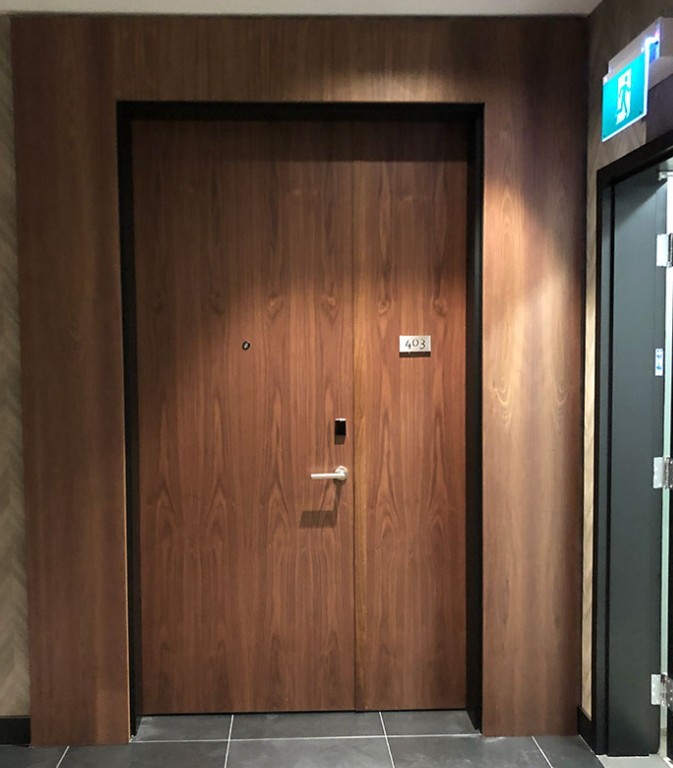
RK Fire-Rated Doors
This fire-rated door combines safety with aesthetic appeal. RK Doors are constructed with a premium-grade, non-combustible composite mineral core with variable fire ratings of 45, 60, and 90 minutes. These fire doors are suitable for residential and commercial applications as they comply with building codes and offer robust fire resistance.
7. Smoke alarms and smoke detectors
Apart from fire alarms and fire detectors, these are crucial to provide early warning systems for building or facility occupants. When strategically placed in fire-prone areas, smoke alarms and smoke detectors can be useful in early fire hazard detection and occupant safety.
Fire safety plans can also encompass educating building occupants about the importance of smoke alarms and detectors, recognizing their warning signals and acting decisively and appropriately can be a critical component of your company’s fire safety program.
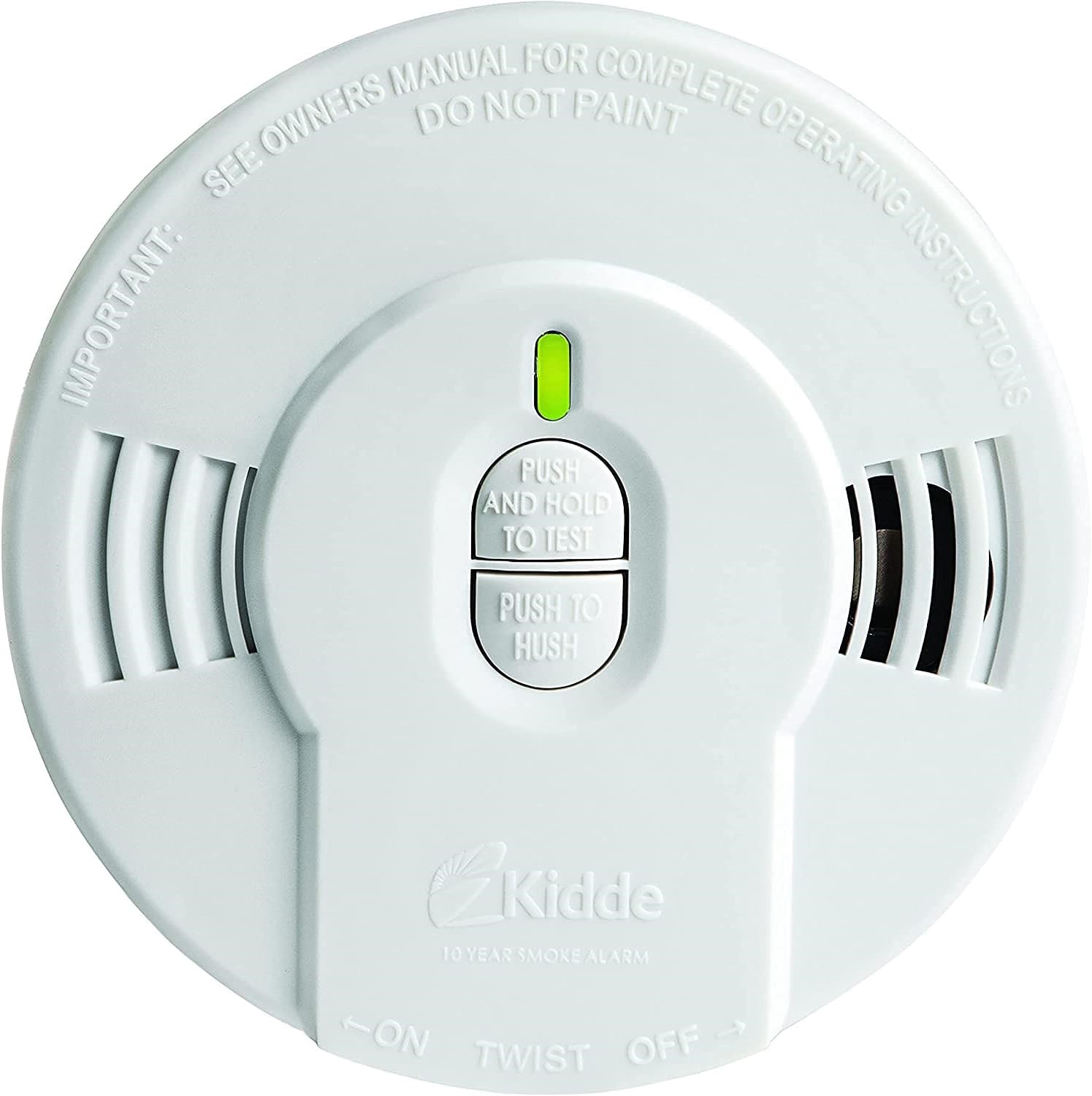
Kidde i9010
This is a popular battery-powered smoke detector that uses photoelectric sensing technology to detect slow-smoldering fires typically caused by slow-burning upholstery and similar materials. The Kidde i9010 is equipped with a voice alarm that can announce the type of emergency, providing more useful information compared to traditional alarms. Its built-in lithium battery lasts for at most 10 years, doing away with the need for frequent battery replacements and enhanced reliability.
Investing in the best pieces of equipment will be for naught if your employees do not know how to use them or what to do when a fire breaks out. That’s why it’s also crucial to have training modules or programs for employees to learn how to use fire safety equipment and how to evacuate.
One good way to ensure your staff keep their composure in the event of a fire is to hold training sessions like fire drills. Here’s a video that instructs on the importance of fire drills and offers steps on how to conduct them and ensure their effectiveness:
These different pieces of fire safety equipment are essential parts of a comprehensive fire safety plan. Make sure to have these non-negotiables as part of your fire safety plan:
- Fire extinguishers
- Smoke alarms/detectors
- Fire doors
- Emergency lighting
- Sprinkler systems
Take note that if any one of these fire safety equipment is missing in your building or facility, this could result in penalties from your local fire codes and regulations, which reflect CCOHS standards. Not to mention that a lack of some fire safety equipment can result in workplace injuries in case of a fire, higher insurance premiums, and legal liability.
It’s important to take these items very seriously and not rely on these alone; depending on the nature of your industry and daily tasks, your staff may need additional personal protective equipment. Be sure to make an extensive list of items your staff need for maximum protection and safety. Finally, think about preparing essential medical supplies and equipment should any injured staff need emergency treatment before EMTs arrive at the scene.
Did you find this piece on fire safety equipment helpful in formulating your fire safety plan? Share your thoughts in the comments.





